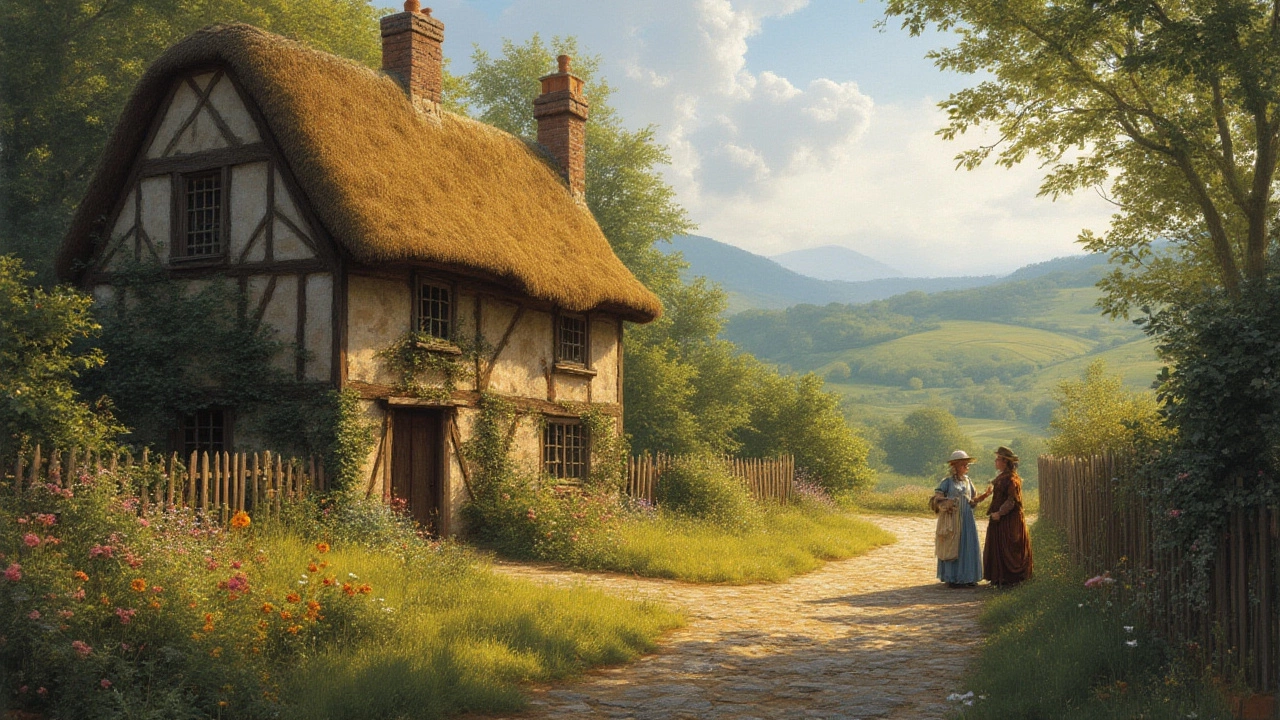Cottage Origin – What Makes a Classic English Cottage?
If you’ve ever walked past a stone‑walled cottage in Lancashire, you’ve probably wondered where that charming look comes from. The short answer: cottages began as simple farm homes for workers, built with whatever local materials were at hand. Over centuries, the design evolved, but the core idea stayed the same – a small, practical dwelling that feels warm and inviting.
From Farmstead to Holiday Spot
Back in the medieval period, a cottage was just a one‑room building attached to a larger farm. It had a thatched roof, a hearth for cooking, and walls made of cob, stone, or timber. Families lived, worked, and stored food all under the same roof. When the agricultural revolution hit, many of these homes were upgraded: extra rooms were added, windows got glazing, and the thatch was sometimes replaced with slate.
Fast forward to the 19th century, and cottages became romantic symbols of rural life. Artists and writers painted them as idyllic retreats, and wealthy city‑folk started buying them as weekend getaways. That’s why today you’ll see cottages marketed as “luxury retreats” or “glamping escapes” – the idea of a simple, cozy base has been repackaged for modern vacations.
Key Features That Define a Cottage
Even with all the upgrades, a true cottage still carries a few tell‑tale traits. First, size matters – most cottages have between one and three bedrooms, keeping the space intimate. Second, the layout is often irregular, with snug nooks, low ceilings, and exposed beams that give a sense of character. Third, you’ll find local materials like sandstone walls, slate roofs, or timber framing – they root the building in its environment.
Another hallmark is the garden. Historically, the garden supplied herbs, vegetables, and a place for livestock. Today, it’s more about a private outdoor space for a cup of tea or a summer BBQ. If you’re booking a cottage in Lancashire, expect a small lawn or a stone‑paved patio that feels like an extension of the house.
Finally, ownership style adds to the cottage story. Many owners still rent directly to guests, bypassing big booking sites. This direct approach keeps costs lower and lets you connect with the people who know the property best – a perk highlighted in posts about booking cottages directly with owners.
So, whether you’re dreaming of a romantic cabin getaway, planning a family retreat, or just curious about the origins of these snug homes, remember that a cottage’s charm comes from its humble roots, solid local building, and the personal touches added over hundreds of years. The next time you step inside a Lancashire cottage, you’ll be walking into a piece of living history that still feels fresh and welcoming.

Why Are They Called Cottages? A Deep Dive Into The History And Charm Of Cottages
Curious about cottages? Explore how the word 'cottage' came to be, the rich story behind it, and why these cozy dwellings remain so enchanting today.
Continue Reading